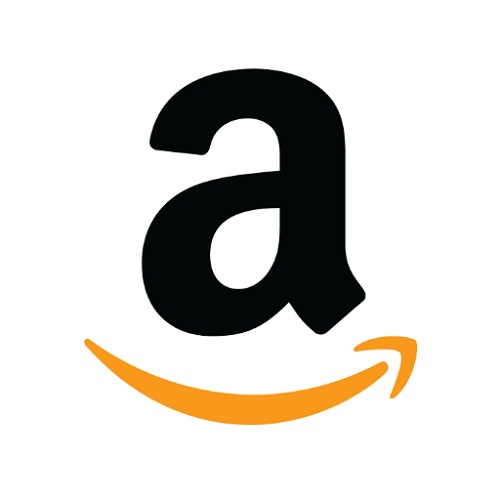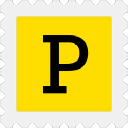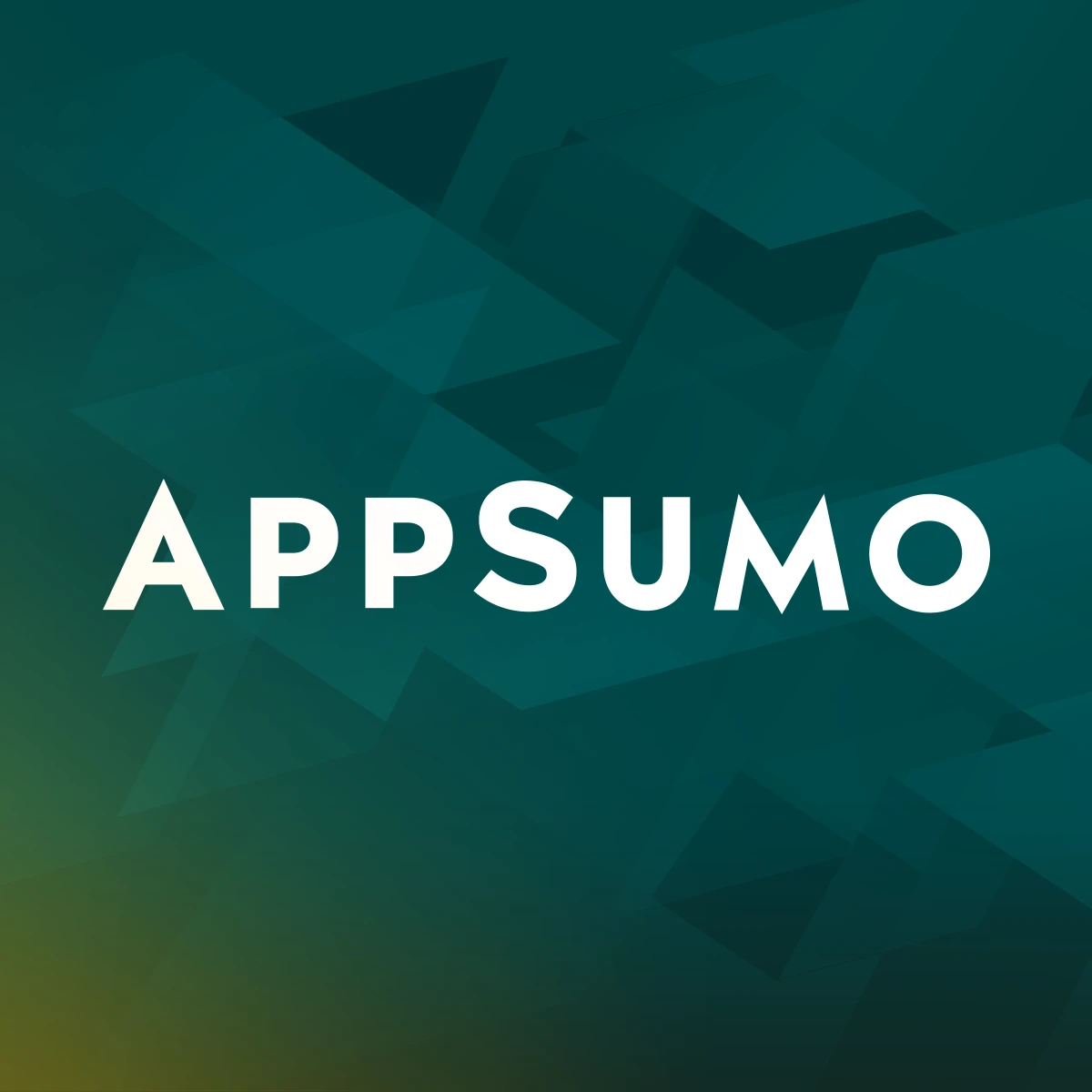We Hit $2K MRR in Just Two Months With Our AI Chrome Extension for Google Meet
Hello! Who are you and what business did you start?🔗
Hey everyone! My name is Ruslan Halilov and I’m one of the co-founders of Bluedot. We are building an AI Chrome extension for Google Meet. It writes notes during the meetings, so you can focus on the conversation rather than scribing.
Unlike 99% of other tools on the market, we don’t have any bot /assistants joining your calls. Instead, Bluedot seamlessly captures your Google Meet using our Chrome extension and immediately generates notes adapted to your needs. Our customers are founders, solopreneurs, and freelancers.
We launched two months ago and currently have 500 daily active users. Additionally, we have a $1.5K MRR, with a 50% monthly growth rate.

What's your backstory and how did you come up with the idea?🔗
My background was in Recruitment & Sales, while my co-founder was an experienced Product Manager. Dima and I used to have a staffing agency with teams distributed around the world.
When our team expanded to 15 members, we frequently faced issues with alignment as everyone worked remotely. At some point, the agency was generating around 30K monthly revenue with 20% profit margins. We were never satisfied with this business model, as it was very unstable.
One day you could make lots of hires, but then the next few months could be super dry and generate zero revenue. Agency business requires the founders to have lots of calls. There is always something that can go wrong with the clients or internally. When people leave the agency they take lots of knowledge with them and you need to hire new people and onboard them fast.
We had numerous meetings but struggled with documenting our decisions and processes.
The first idea was to create a centralized hub for all of the company-wide meeting recordings.
We started building the product while conducting 5-10 research calls each week to validate the hypothesis. Looking back now I can see that I was very bad at research and misrepresented people being nice with real interest in the product.
We spent almost 6 months building the product and once it was ready we couldn’t sell it to anyone. Very positive people initially didn’t want to implement the product in their companies.
At that moment we realized that we needed a product-led approach for our product. So we started working on a Chrome extension that would allow users to record meetings in just a few clicks.
At that point, we had already raised $260K and had 12 months of runway. It took us around 3 months to build the Chrome extension for recording meetings. Once we released the extension to beta users, we saw much broader adoption and a faster onboarding process. People could try the tool themselves before committing to anything.
Treat Product Hunt launch as a show and give people a reason to visit your company page or upvote.
Take us through the process of building the first version of your product.🔗
First version of the product was a Figma page that would show people during the research call. Our goal was to invite 50 engineering leaders to a research call, show them the product, and ask them to join our waiting list.


Once we received enough feedback, we started working on the version of the product.
We were designing everything in-house, while our engineering support was from a few freelancers on Upwork. We eventually hired one of the guys as our full-time Frontend Engineer.
The tech stack was React and Node.js. It cost us around $10K USD in total.
I wouldn’t say that we rolled out the crappiest version of the product. We took some time to make sure it would look and feel nice, so people enjoy using it.
My co-founder was studying design at Central Saint Martins in London and he is very demanding when it comes to design. You can see the first version of the product in the picture below. This is me recording personalized videos inviting people from the waiting list to join the platform. We tried to personalize every touch point with customers as much as possible. Trust me - people love it!

Describe the process of launching the business.🔗
Initially, we financed the product with our own money and then raised $260K from various angels and investors.
The first 2 investments were from our ex-bosses, and then we met a few angels at WebSummit. Later they introduced their friends and this helped us to raise the first part of the round. This is the deck we were using.

In late 2022, Google announced that it would support a selected group of startups from Ukraine with a non-equity grant. We had to go through a selection process, pitching to different stakeholders and investors, and eventually passed the selection. It was a big milestone for us, as it gave us a big boost to continue building the product.
Our official launch was 3 weeks ago on Product Hunt. Our product was mentioned in multiple newsletters and AI directories. It gave us some boost of traffic which resulted in 800 installations of our extension plus thousands of people visiting our page.
After the initial launch, we’ve achieved over $1500 in MRR and growing 50% MoM.
Our initial pricing is $ 18 per seat and we have custom pricing if companies need 20+ seats. Our goal is to make the price affordable for first-time customers and competitive with other players on the market. However, we already plan to increase the pricing since our AI model is much more accurate than others and it costs us a bit more to run it.
What helped us get some attention was the promo video we created. My co-founder Dima spent over a week producing a high-quality promo video that is very engaging to watch. Treat Product Hunt launch as a show and give people a reason to visit your company page or upvote.
This is our team celebrating our first paid customer:

Since launch, what has worked to attract and retain customers?🔗
- If you are building a SaaS business, invest in SEO as early as possible. Just write a few articles per month using the main keywords and you will say “Thanks” to yourself in 6 months. We already had a few paid customers who came by searching on Google products like ours. And we only invested 2 months into SEO.
- Launch on Product Hunt early on. It will bring you free traffic and some exposure across newsletters or other websites. After the PH launch, we got features in some French, Spanish, and Brazilian websites that we would never even think of. From there we had a few paid customers who don’t even speak English and they are not even our target audience. This is the magic of inbound.
- Don’t spend too much money on newsletters. Newsletters are great and can bring you some quick traffic. However, if you do a proper launch on Product Hunt newsletters would publish about yourself.
You can see the growth chart of the traffic that the ProductHunt launch brought us.

We love meeting with customers in person! In this photo, my co-founder Dima visited the office of our first customer Bridget Harris, CEO of YouCanBookMe
How are you doing today and what does the future look like?🔗
We’ve grown to over 1000 installations of our extension and 500 active users. With over $1.5K in MRR, we have a strong growth of 50% MoM. The goal is to get to 10K MRR to become break-even.
We have a 4% conversion from sign-up to pay which is a very strong number for product-led companies. Our goal right now is to invest at the top of the funnel and grow faster. We see a huge need for a product like ours and need to increase awareness.
Launching on Product Hunt uncovered new potential markets for us in Brazil and Mexico. After going live, customers from those countries organically found us on the platform, tried out the product, and signed up - all completely self-serve. I didn't have to speak to them directly, and they didn't even speak English.
It was encouraging to see that our self-serve model enables us to expand into multiple countries without needing direct conversations. People could discover us, understand the value themselves, and convert, no translation needed. This proved that with the right product-led approach, we can successfully operate internationally and serve new markets.
Through starting the business, have you learned anything particularly helpful or advantageous?🔗
We’ve built features that customers didn’t ask for. I know it feels great to think that you are Steve Jobs and you know what customers need.
However, quite often you end up with features that users don’t use. The biggest problem is that at some point you have several useless features that your engineering team needs to support all the time.
Launching the product as early as possible is EXTREMELY IMPORTANT. Yes, it’s obvious and everyone is talking about that. However, without having any usage, you just guess based on your assumptions.
Yes, you can do a lot of research calls, but it takes lots of time to conduct them to truly uncover insights and not just make you feel nice to ask questions and guide people to answer the way you want to hear them.
What platform/tools do you use for your business?🔗
Attio - It’s a simple CRM that saves me tons of time
Reply.io - the best email automation out there
Linear - our engineering team loves this issue-tracking system
Slack - our main channel of communication internally and with external customers.
Notion - the place where all our documentation lives
Bluedot - for meeting and screen recordings
Amplitude - that’s where we spend lots of time looking at our customer’s activity.
What have been the most influential books, podcasts, or other resources?🔗
The Mom’s Test - an extremely useful book on how to conduct proper user research. After reading it I realized how many mistakes I made with my first user research calls. It’s ideal for everyone who just started with user research.
The SaaS podcast - the best podcast for early-stage SaaS founders who want to know how other SAAS founders operate. I like that the host asks a lot of detailed questions on topics of sales, go-to-market, marketing, etc.
Advice for other entrepreneurs who want to get started or are just starting out?🔗

It’s essential to figure out early on which type of customers you want to serve. This graph is my favorite on this topic. Understanding who you serve will significantly impact your go-to-market strategy.
Invest in SEO early on. Write a few articles that might attract customers in the long run. Treat it as an investment in treasury bonds. It will slowly bring you traffic no matter what. You just need to be patient. It won't make you rich tomorrow, but it will impact your growth in the long run.
Try to convert people to customers during the research calls. It’s the best validation you can get. If people come to research and, after seeing your product, want to try it - offer them to pay and observe their reaction.
I wasted tons of time listening to people saying how good the product was and how they were looking forward to trying it. I thought they were all potential customers. Once we released the first version of the product, I realized they were just being polite, and they didn’t have a problem or any desire to invest time into it.
Where can we go to learn more?🔗
If you have any questions or comments, drop a comment below!

Download the report and join our email newsletter packed with business ideas and money-making opportunities, backed by real-life case studies.

Download the report and join our email newsletter packed with business ideas and money-making opportunities, backed by real-life case studies.

Download the report and join our email newsletter packed with business ideas and money-making opportunities, backed by real-life case studies.

Download the report and join our email newsletter packed with business ideas and money-making opportunities, backed by real-life case studies.

Download the report and join our email newsletter packed with business ideas and money-making opportunities, backed by real-life case studies.

Download the report and join our email newsletter packed with business ideas and money-making opportunities, backed by real-life case studies.

Download the report and join our email newsletter packed with business ideas and money-making opportunities, backed by real-life case studies.

Download the report and join our email newsletter packed with business ideas and money-making opportunities, backed by real-life case studies.























